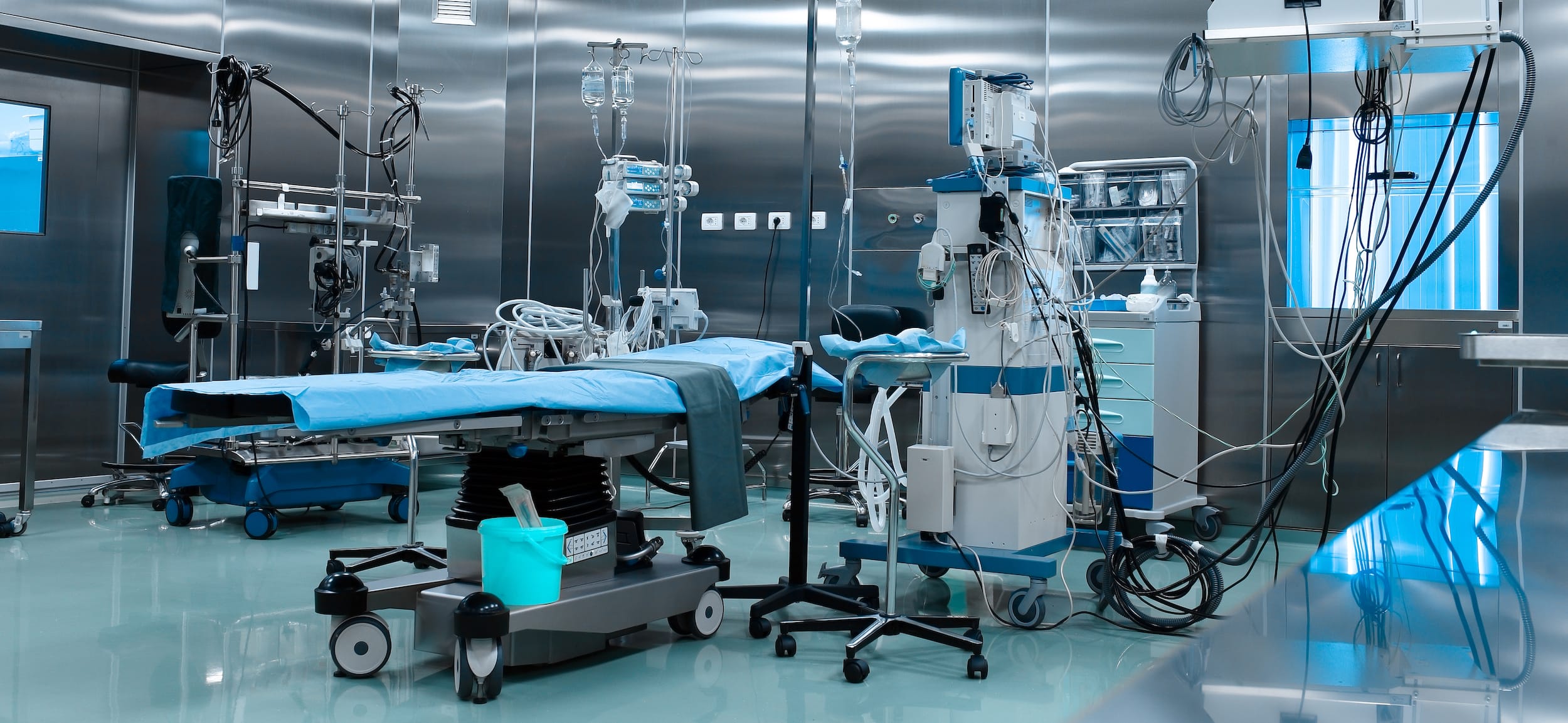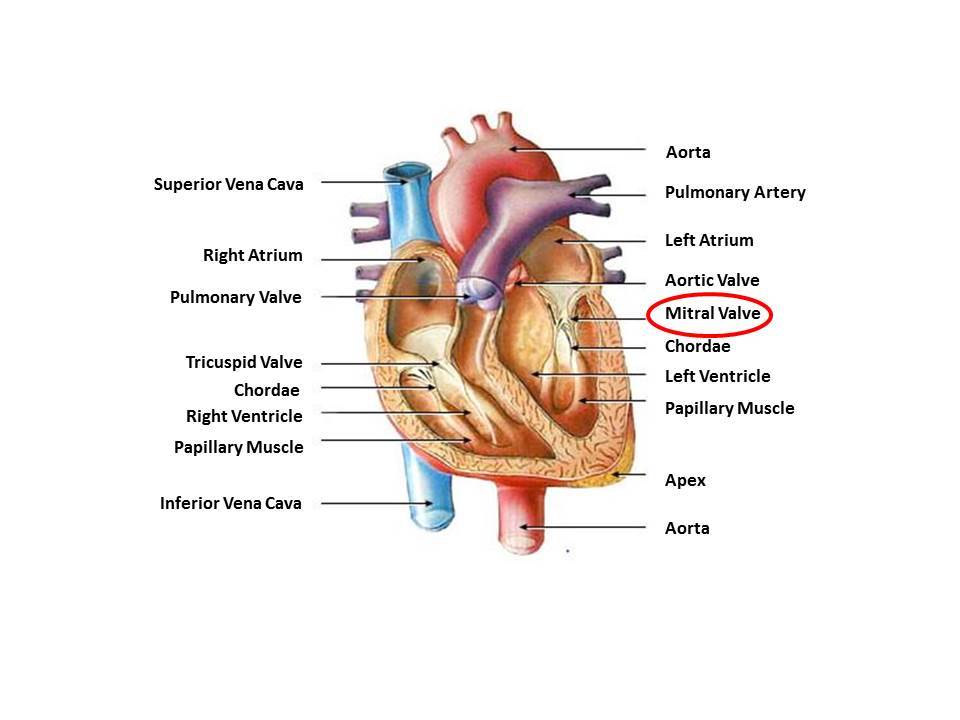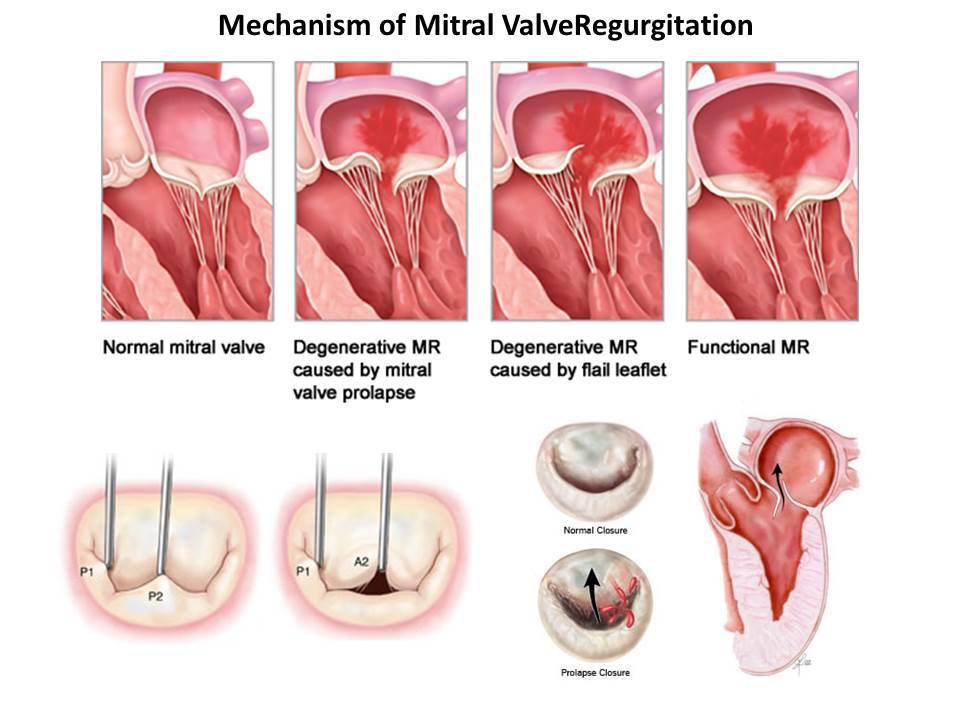Mitral Valve Heart Surgery

The preferred treatment for patients with mitral valve disease is repair of their native valve. This requires special expertise, but the advantages for the patient are significant, including improved life expectancy, avoidance of long-term anticoagulation, and better preservation of native heart function.
Mitral valve repair surgery
Diagnosis and indications for mitral valve repair surgery are based on echocardiography analysis to quantify the regurgitation and to identify the mechanism.
Mitral Valve Prolaps TEE
Mitral Valve Regurgitation TEE
We use various techniques to achieve a successful mitral valve repair. Posterior leaflet prolapse due to fibroelastic deficiency is most common cause of severe mitral regurgitation and it is classically treated by a resection of the prolapsed segment affected by chordal rupture or elongation.
The prolapsed segment is removed by excising a quadrangular or triangular portion of the leaflet. The posterior annulus is then vertically plicated by placing and tying several sutures in the resected area. Direct suturing of the leaflet remnants restores posterior leaflet continuity. In some situations the resection is extended along the annulus in order to downsize the height of the posterior leaflet as a sliding plasty.
The alternative to the resection of the tissue is the implantation of artificial chordae between the papillary muscle and the free edge of the leaflet in order to restore a good position of the leaflet; this technique respects the tissue and the mobility of the leaflet.
Finally, a remodeling ring annuloplasty restores the physiologic ratio of the normal annulus; not only the size but also the shape of the annulus. An annuloplasty ring prevents further annular dilatation, preserves leaflet mobility, and relieves tension on the leaflets (stabilizing the repair) by optimizing the coaptation zone.
An annuloplasty is performed by first placing horizontal mattress sutures circumferentially through the annulus. Appropriate ring sizing is then based on measuring the inter-commissural distance and also the surface area of the anterior leaflet, using sizers correlated to normal mitral geometry.
Minimally Invasive Techniques
Nowadays, Minimally Invasive Techniques are the standard approach for mitral valve repair; all the current data have demonstrated that minimally invasive approach through right mini-thoracotomy is as safe and effective as classical techniques through sternotomy approach.
Read more information of Minimally Invasive Valve Surgery here.
Minimally Invasive approach is our first option for mitral valve surgery and sternotomy is discussed only in case of too high cardiac or non-cardiac risks factors.
All techniques of valve repair are applicable with minimally invasive procedure.
Mitral Repair: Posterior Prolaps Triangular Resection
Mitral Repair: P2 Prolaps Stiches for Annuloplasty
Mitral Repair: P2 Resection and Sliding Plasty
Mitral Repair: Anterior Prolaps Artificial Chordae Annuloplasty
Mitral Repair: Barlow Disease Valve Billowing Annuloplasty
Barlow Disease Both Leaflet Repair
Mitral Repair: Rheumatic Mitral Valve Patch Enlargement
Valve replacement
When Valve repair is not appropriate (endocarditis, calcifications), or not possible (most often in rheumatic disease), the option of valve replacement with bioprosthesis or mechanical valve remains the alternative. The leaflets are removed and then the prosthesis is implanted with stiches fixed on the mitral annulus.
Minimally invasive approach is our first option for mitral valve replacement. This approach is especially indicated in case of redo-operation.
Mitral Valve Replacement: Mitral Endocarditis
Mitral Valve Replacement: Bioprosthesis
Mitral Valve Replacement: Mechanical Prosthesis
When Tricuspid valve Repair is indicated, it could be associated through the same minimally invasive approach, as it is done when it is alone, especially in case of redo-surgery.





